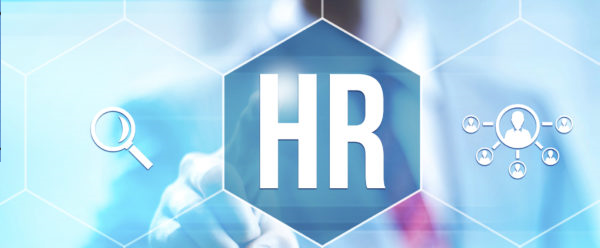Search posts by keywords:
Filter posts by author:
Related Reports
Related NEAT Reports
Other blog posts
posted on Dec 06, 2017 by NelsonHall Analyst

In my last blog, I laid out 2018 predictions for two areas of talent management: recruiting and learning (see here). This blog looks at what to expect over the next year for payroll services and benefits administration. Trending topics in these areas over the last year included cloud, compliance, configuration, and consumerization.
Payroll
The payroll landscape has shifted away from traditional bureau payroll services towards technology-based managed payroll services. Presently, ~80% of payroll contracts are delivered on cloud systems, but it’s the future developments of these platforms that will take center stage over the next year.
2018 developments will focus on enablers to make the move to cloud faster, simpler, and more manageable, especially for SMEs where momentum for cloud payroll systems will take off. Also, expect to see additional offerings that facilitate integration to external systems such as ADP’s Global Cloud Connect and CloudPay’s Cloud Connect 2.0.
Initiatives around driving transparency for both the organization as well as its employees will be top of mind in 2018, similar to ADP’s recently launched NextGen Payroll engine, which was designed and built with the user in mind. A greater level of transparency in payroll will also facilitate optimization of benefit choices.
Over the last year, the use of RPA for repetitive payroll tasks such as data processing and reconciliation has become quite common. In 2018, suppliers will seek to leverage machine learning and cognitive capabilities to differentiate themselves. Another significant advancement in 2018 will be around launching chatbots to create a conversational user experience in real-time.
In 2018, the global payroll market will grow by ~4%, with multi-country activity increasing 3.5 times faster than single-country contracts. In fact, over the last year, several payroll vendors geared up for global expansion, including NGA HR who launched a managed payroll offering in Africa, Ceridian who expanded its payroll capabilities in Europe, and activepayroll who established a presence in Germany.
Benefits administration
2017 marked the end of the consumerization era in benefits administration (which emphasized a redesign of the user experience to incorporate consumer shopping trends in the enrollment experience, as well as the addition of voluntary benefits), to make way for the benefits optimization era.
The concept of optimization is in its infancy, but that will change over the next year and beyond. Currently, optimization tools in the market tend to be narrow, with most focused on “financial wellness.” The theme of financial wellness has been important for the last few years and continues to expand to a broad range of topics, and it will only get more personalized over time. To date, “health and wellness” optimization tools have only begun to scratch the surface, and will be a big area of development over the next year.
In 2018, buying patterns for benefits administration services will focus on best-of-breed suppliers, making partnerships all the more important to bridge the gap in tying services together to a deliver a cohesive experience. Beyond partnering, tier one vendors will turn their attention towards data aggregation, like Fidelity Investment’s data sharing solution, Access, which facilitates aggregation of financial information across third-party websites and applications. In general, centralizing and aggregating data will be critical in next generation benefits administration services.
One final point of interest to watch for in 2018 is the resurgence of multi-process HR services deals, which have been revived by the adoption of cloud-based HCM systems, including SAP SuccessFactors and Workday HCM. However, unlike the legacy deals, the new wave of activity will be focused on narrow HR BPaaS services, with HR administration, payroll, and benefits support as the most common bundle. In addition, these contracts will likely include ongoing AMS support.
2017 did not disappoint and, based on current predictions, 2018 will be another exciting year in the HR services market.
